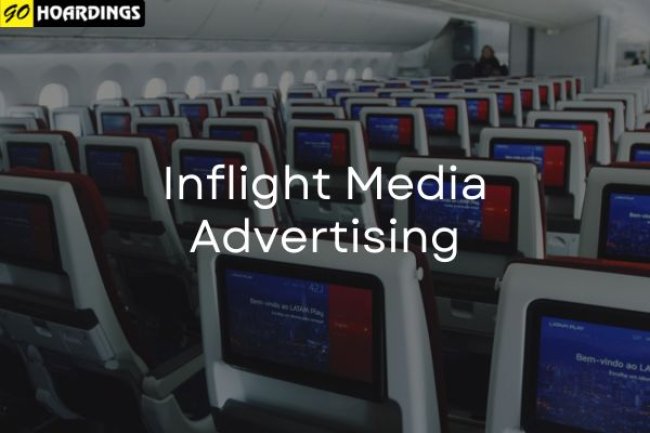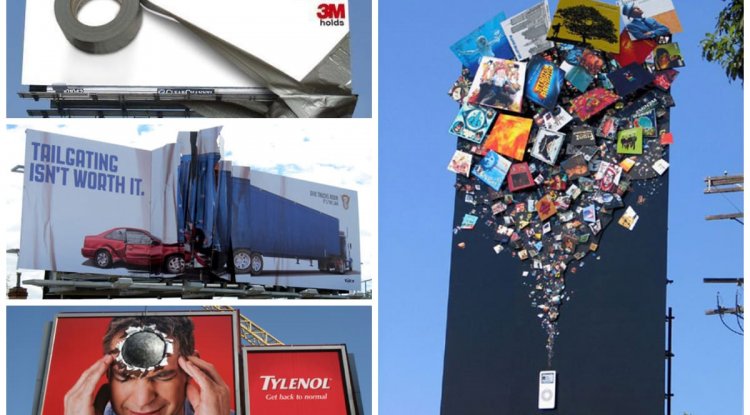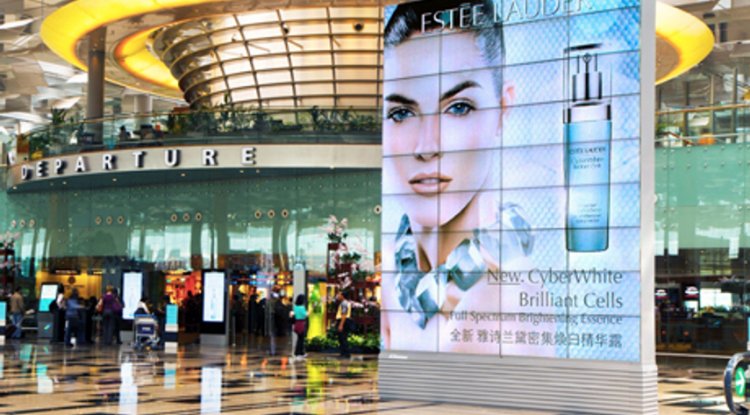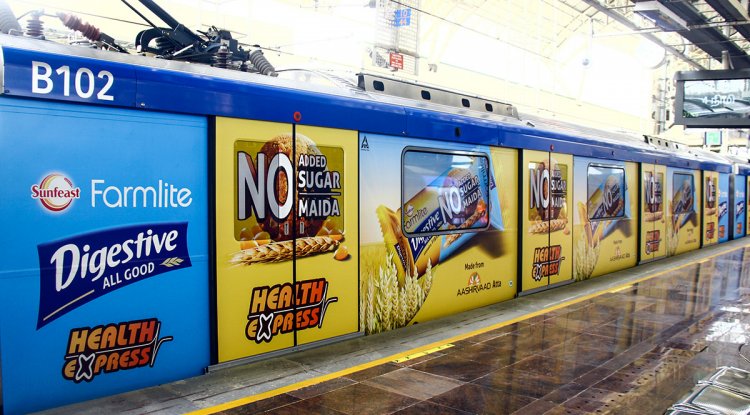The Evolution of Inflight Media Advertising Techniques
Inflight media advertising has evolved from static print materials to dynamic digital platforms. Airlines now leverage personalized content, interactive displays, and targeted campaigns, transforming the passenger experience. This evolution reflects a shift towards more engaging and impactful advertising techniques within the unique confines of the aviation environment.
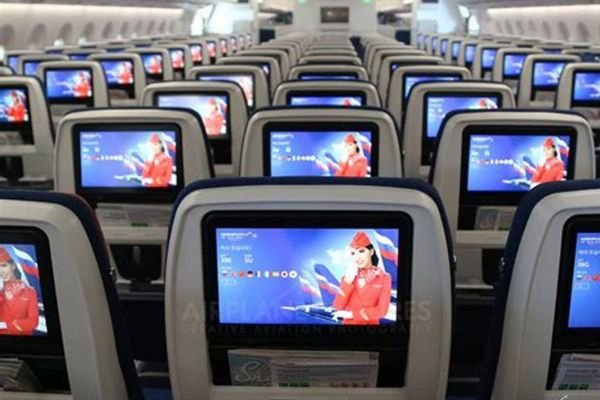
Airline advertising strategies
In today's competitive marketplace, advertisers are constantly seeking innovative ways to reach their target audience.
One such method that has gained popularity in recent years is inflight media advertising. Inflight media offers a unique opportunity for advertisers to engage with passengers during their travel experience, ultimately ensuring a captive audience for their brand.
In this blog post, we will explore the evolution of inflight media advertising techniques and how airlines are leveraging this platform to maximize the impact of their campaigns.
Historical perspective
Inflight advertising dates back to the early days of commercial aviation when airlines started including printed advertisements in their onboard magazines and newspapers.
These print advertisements were relatively static and lacked the ability to target specific demographics.
However, they provided a basic platform for brands to raise awareness and generate exposure among the airline passengers.
The advent of digital technology
The emergence of digital technology revolutionized the inflight advertising landscape.
With the introduction of in-flight entertainment systems, airlines found new ways to showcase advertising content directly on seatback screens.
This development allowed for more dynamic and engaging advertisements, incorporating video, animations, and interactive elements.
Advertisers now had the opportunity to create immersive brand experiences, leaving a lasting impression on passengers.
Personalized targeting
With the advancements in technology, airlines are now able to collect data on their passengers' preferences and behaviors.
This wealth of information has opened up the door for personalized targeting in inflight advertisements.
By leveraging this data, advertisers can deliver content tailored to specific demographics, interests, and travel preferences.
Whether it's displaying ads for luxury products to first-class passengers or promoting child-friendly destinations to families traveling with kids, personalized inflight advertising ensures that the right message reaches the right audience.
Integration with mobile devices
Recognizing the prevalence of smartphones and tablets among travelers, airlines have begun to integrate inflight advertisements with mobile devices.
Through onboard Wi-Fi networks, passengers can access branded content, special promotions, and interactive experiences on their personal devices.
This seamless integration not only enhances the passenger experience but also allows advertisers to extend their reach beyond the confines of the aircraft cabin.
It creates an opportunity for continued engagement with the brand even after the flight has ended.
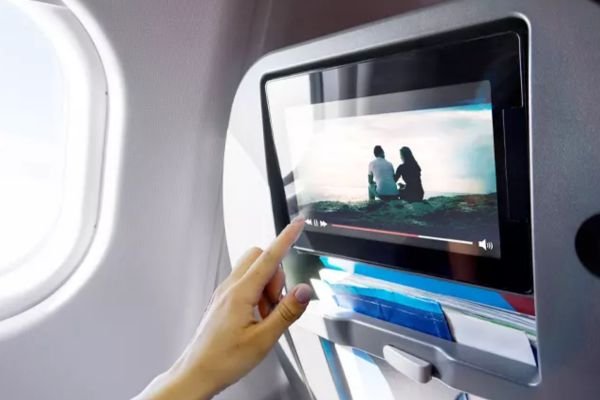
Measuring campaign effectiveness
In the past, measuring the effectiveness of inflight advertising campaigns was challenging.
Advertisers often relied on passenger surveys and feedback forms to gauge the impact of their ads.
However, with the digitization of inflight media, advertisers now have access to real-time analytics and metrics that can provide valuable insights into campaign performance.
From click-through rates to conversion tracking, these data-driven tools enable advertisers to measure the success of their inflight campaigns accurately.
The ability to track and optimize campaigns in real-time ensures that advertisers can maximize their return on investment.
The future of inflight media advertising
As technology continues to advance, so too will the possibilities for inflight media advertising.
Virtual reality (VR) and augmented reality (AR) are areas that hold tremendous potential for creating highly immersive and interactive brand experiences.
Imagine stepping onboard a flight and being transported to a virtual tropical destination, complete with the sights and sounds of the beach.
The potential for advertisers to create memorable, engaging campaigns is truly unlimited.
Furthermore, the integration of artificial intelligence (AI) and machine learning algorithms can further enhance the targeting capabilities of inflight advertisements.
By analyzing passenger data and behavior patterns, AI can deliver hyper-personalized content in real-time, ensuring maximum relevance and impact.
Conclusion
Inflight media advertising has come a long way since the early days of printed advertisements.
From static print ads to dynamic digital experiences, the evolution of inflight advertising techniques has transformed the way advertisers engage with airline passengers.
With personalized targeting, integration with mobile devices, and advancements in analytics, advertisers can effectively reach their desired audience and measure campaign effectiveness like never before.
As technology continues to advance, the future of inflight media advertising looks promising, offering advertisers even more opportunities to create memorable and impactful brand experiences.
What's Your Reaction?








